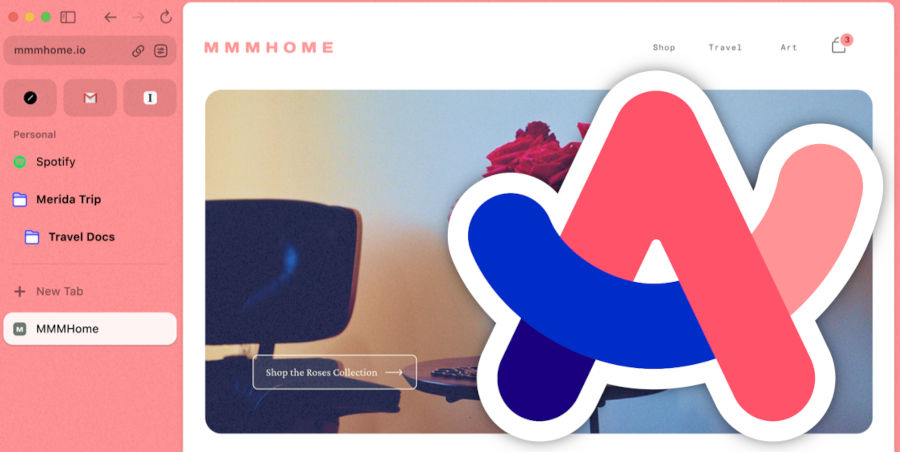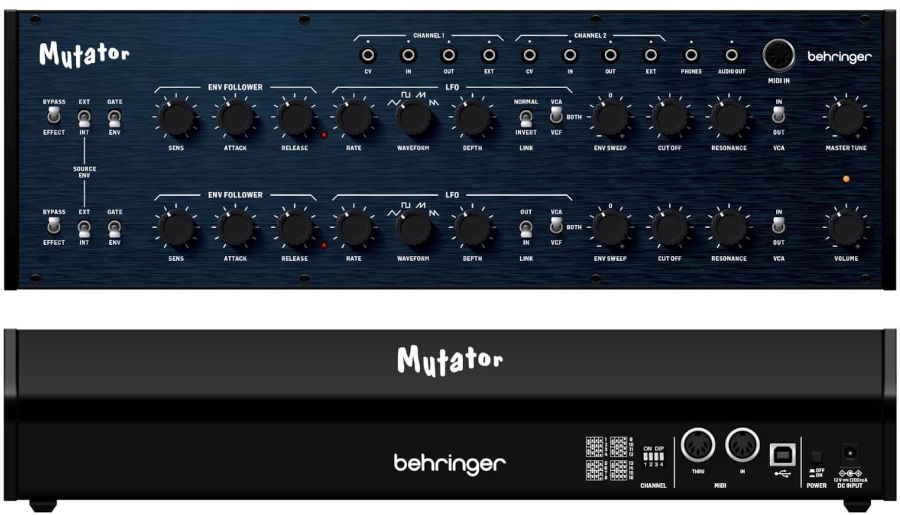
Zoom Addresses Vulnerability Exploiting Service Accounts
Securing SaaS Systems in the Face of Evolving Cyber Threats
NEWS Security November 30, 2023 Reading time: 2 Minute(s)
In a recent discovery, a vulnerability within Zoom's infrastructure exposed a potential avenue for malicious actors to take over meetings and pilfer sensitive data. The intricacies of this exploit centered around the use of Zoom Rooms and messaging through Team Chat, unraveling a security loophole that, if left unaddressed, could have dire consequences.
The crux of the matter lay in the exposure of entire email addresses associated with Zoom Rooms, following a specific format: `rooms_<account ID>@companydomain.com`. Armed with this information, threat actors had the means to fabricate an arbitrary Outlook email address mirroring the pattern: `room__<account ID>@outlook.com`. Exploiting this resemblance, they seamlessly navigated the Zoom sign-up process, receiving activation links in the fabricated email inbox.
Compounding the issue, the inability to remove service accounts from Team Chat channels added another layer of complexity to the exploit. This created a scenario where threat actors could persistently maintain control over the communication channels, exacerbating the vulnerability.
Zoom, however, swiftly responded to this security lapse by implementing a crucial mitigation measure. The company promptly disabled the ability to activate Zoom Room accounts, thus closing the door on potential exploitation. By neutralizing the predictable email format vulnerability, Zoom has taken a proactive stance in safeguarding user accounts and preventing unauthorized access.
This incident underscores the broader concern of service account misuse, shedding light on the risk associated with third-party applications accessing Software as a Service (SaaS) data. Service accounts, often integral to seamless interactions between applications and SaaS platforms, demand vigilant protection to uphold a robust security posture.
As organizations increasingly rely on SaaS systems for their daily operations, ensuring the security of service accounts becomes paramount. The Zoom vulnerability serves as a clarion call for enterprises to fortify their defenses, employing comprehensive strategies to safeguard not only their communication channels but also the broader spectrum of SaaS interactions.
In conclusion, while Zoom has effectively plugged this specific vulnerability, the incident serves as a stark reminder of the evolving landscape of cybersecurity threats. Continuous vigilance and proactive measures are imperative to stay one step ahead of those seeking to exploit vulnerabilities in our ever-connected digital ecosystem.
Cybersecurity Zoom SaaS Security Threat Mitigation Data Protection Cyber Defense Technology News RSNews RSMax
*Our pages may contain affiliate links. If you buy something via one of our affiliate links, Review Space may earn a commission. Thanks for your support!
CATEGORIES

























COMMENTS